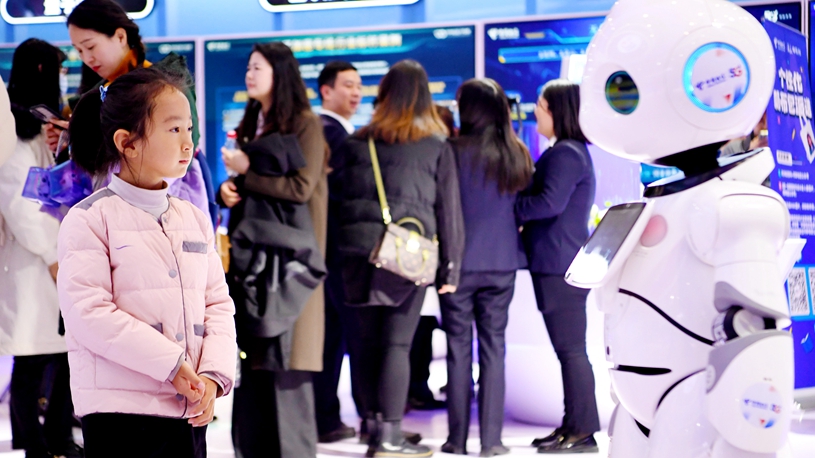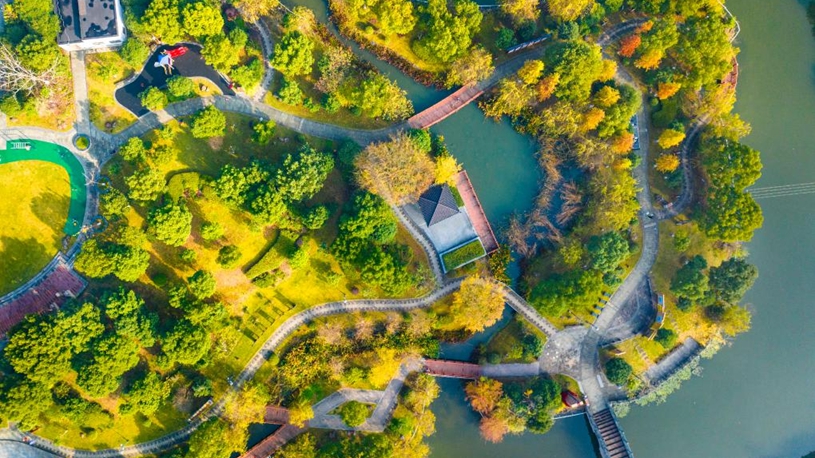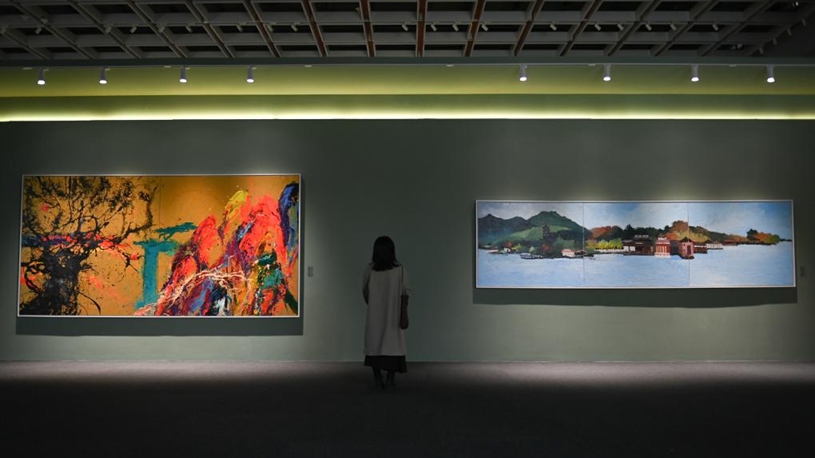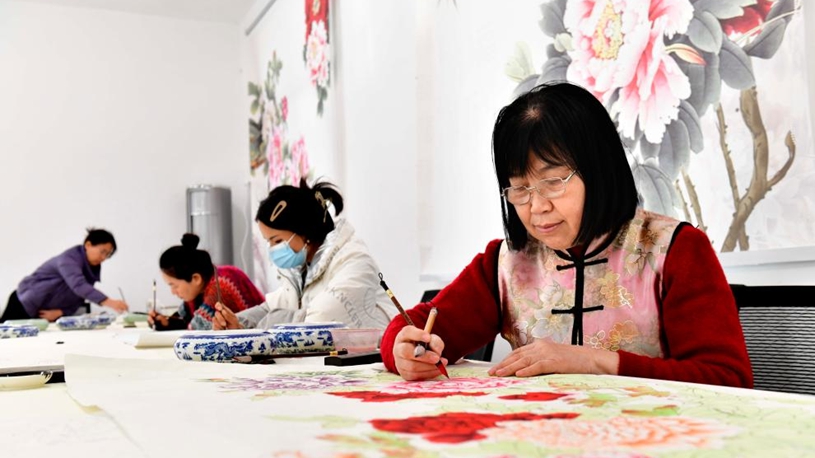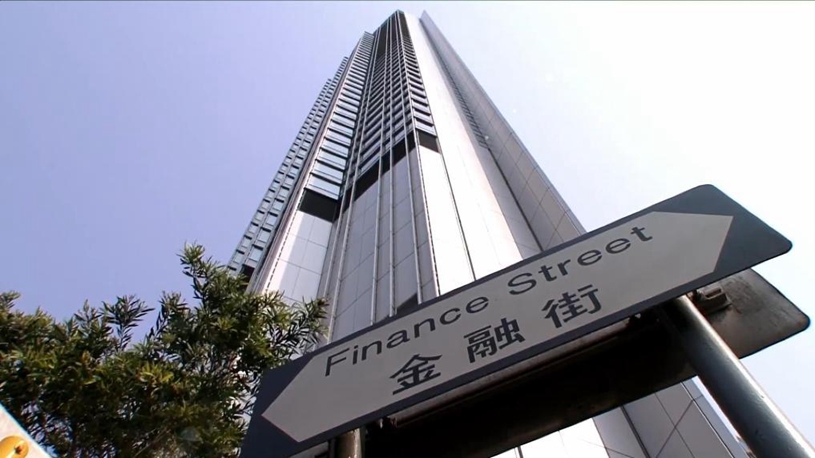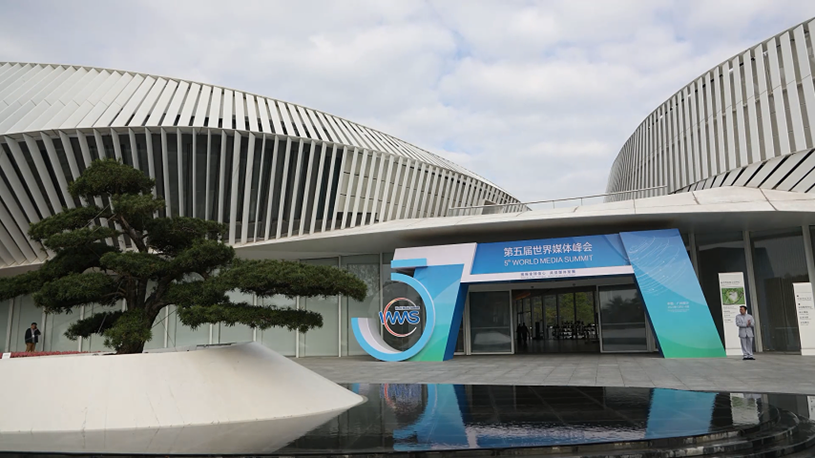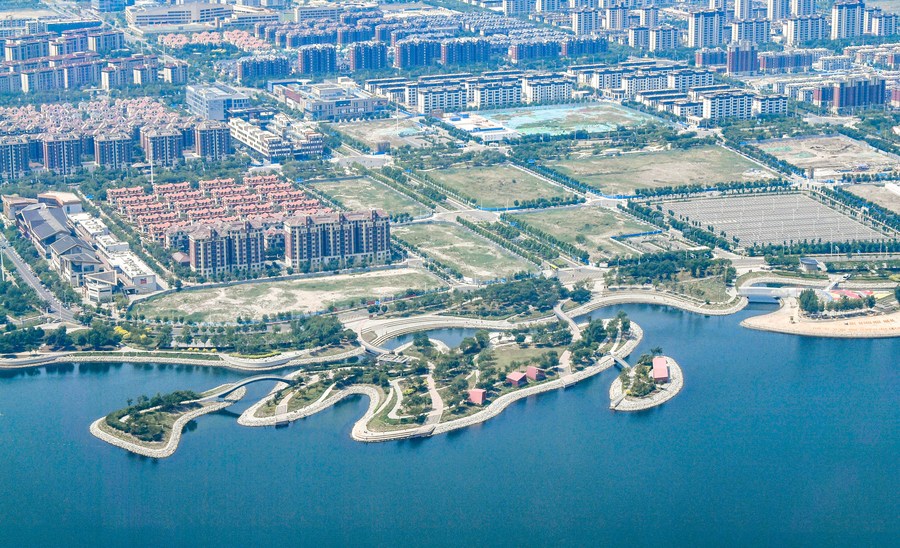
This aerial view taken on June 16, 2023 shows a view of the Sino-Singapore Tianjin Eco-City in north China's Tianjin Municipality. (Xinhua/Sun Fanyue)
TIANJIN, Dec. 8 (Xinhua) -- In 2008, the China-Singapore Tianjin Eco-City, the world's first eco-city jointly developed by two countries, began construction by the Bohai Sea.
Fifteen years on, the eco-city has flourished on what was once barren land, cultivating over 260 species of plants. This ecological miracle has been made possible through the joint efforts of China and Singapore.
On Thursday, the 15th China-Singapore Tianjin Eco-City Joint Steering Council Meeting was held in north China's Tianjin Municipality. The two countries agreed on further cooperation in promoting the green and low-carbon development of the eco-city.
Also on Thursday, the groundbreaking ceremony of the Green Innovation Park, a central part of the eco-city, was inaugurated, marking a new stage of development for the eco-city.
Chi Fenglong, one of the first technicians to work on the construction of the eco-city, now works and lives here. When he first arrived here 15 years ago, he was shocked by what he saw. "There was not a single tree, road, or building," Chi recalled.
"To build an eco-city here was not like cracking a hard nut, but more like cracking a really hard stone," Chi said, adding that the first challenge was to turn saline soil into plantable soil.
Through various efforts such as ecological restoration, water landscape reconstruction, and greening projects on saline soil, the eco-city began to take shape and prosper.
Chi has held on to his 17 notebooks, which record the change of salt content in the soil and the growth of various plants in detail. It took relentless efforts for the salt content to finally achieve the standard value needed for plant growth.
By 2021, 191 species of birds and 265 species of plants had been found in the eco-city and its surrounding areas.
"From a simple natural ecosystem to a complex ecosystem where human and nature coexist in harmony, the eco-city now provides a rich living space for different groups of animals and plants," said Mo Xunqiang, a scholar at the school of geography and environmental sciences of Tianjin Normal University.
Now, more than 150,000 people live in the eco-city and its construction has branched out into various avenues.
The eco-city is now home to many smart and green communities, where buildings are equipped with solar panels on the roof, solar-powered seats offer wireless charging, and supermarkets are equipped with energy-saving lamps in the shape of leaves.
Moreover, the Zero Energy Building ensures a guaranteed supply of energy, including heating and electricity, by solely relying on solar power. This impressive feat is representative of the green architecture of the eco-city.
"No matter how cold the weather is, the temperature and the humidity throughout the whole building remain constant," said He Rui, a staffer of Tianjin's Binhai branch of State Grid, one of the developers.
According to He, the building's production capacity of renewable energy is greater than or equal to its energy consumption, enabling it to achieve "zero energy consumption" without the need for any external energy input.
In addition, a real estate registration center with a construction area of 3,500 square meters has been turned into a zero-energy smart building, marking the first time such a building has been put into practical use in Tianjin.
The energy self-sufficiency rate of the building can reach 112 percent, which can save 172,000 kWh of electricity per year, reduce 329 tonnes of carbon dioxide emissions, and save more than 45 percent of energy compared to ordinary energy-saving buildings.
China and Singapore have also made efforts to promote energy conservation and carbon reduction, and explore new paths of green and low-carbon development for the eco-city.
The two countries jointly formulated an action plan for achieving the "dual carbon target" for the eco-city, explored a carbon reduction path in communities, factories and industrial parks, and carried out green electricity trading in the eco-city.
Thanks to smart technologies, as well as the utilization of solar, geothermal and wind energies, more green buildings have been erected in the eco-city and a growing number of green industries are prospering here.
According to the latest official data, the carbon emission intensity of the eco-city per unit of GDP is 145.3 tonnes of carbon dioxide per million U.S. dollars, which is considered to be at an advanced level compared to other cities across the world.
After 15 years of development, the eco-city now covers a total area of 22 square kilometers, including a green area of 11 million square meters. The coastal waters have all achieved good water quality.
Wang Guoliang, director of the China-Singapore Tianjin Eco-City administrative committee, hails the prosperity of the eco-city as a unique path of green urban development.
"China and Singapore set the vision of building a sustainable city since the beginning of its construction by drawing on advanced concepts and technologies, and carrying out in-depth cooperation in planning and design, as well as environmental governance and urban construction," said Wang. ■


